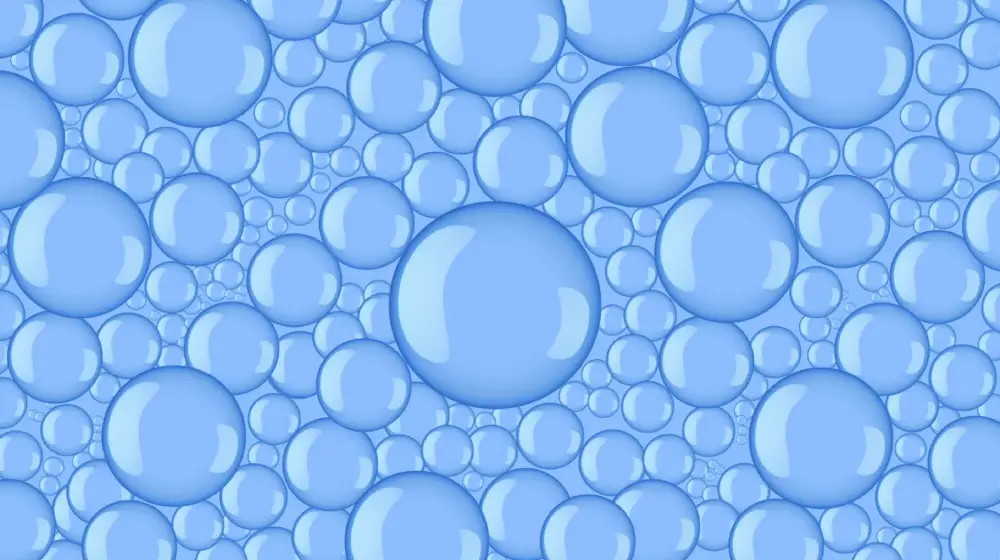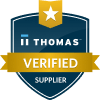For most fluid systems, foam control is an interesting challenge to overcome. Pure liquids do not foam or will not form a stable foam. In an aqueous system, contaminants such as surfactants, proteins, small solid particulates will form a stable foam in water. Foam will significantly reduce the efficiency of a given system where foam or entrained air is undesirable. To prevent these problems with foam, many applications will use defoamers to keep the process running smoothly.
What Is a Defoamer? How Does It Work?

Defoamers are one of two categories of foam control agents, the other category being antifoams. The chemistry of defoamers and antifoams are often similar. The main difference is the intended use: defoamers are used to control existing foam and antifoams are used to prevent the formation of foam.
Typically, defoamers are inert chemicals. Defoamers are comprised of a liquid, such as mineral oil or silicone, and a hydrophobic solid, such as hydrophobic silica, ethylene-bis-stearamide, fatty acid, and/or fatty alcohol. An effective defoamer must be insoluble in the medium it is defoaming.
Two things are necessary for a defoamer to work: (1) an Entry Coefficient greater than zero, and (2) a Spreading Coefficient greater than zero. These are expressed in the simple algebraic expressions below:
- E = 𝑦w/a+𝑦w/o-𝑦o/a
- S = 𝑦w/a-𝑦w/o-𝑦o/a
Where:
- 𝑦w/a = surface tension of the foaming liquid
- 𝑦w/o = interfacial tensions between the defoamer and the foaming liquid
- 𝑦o/a = surface tension of the defoamer
The defoamer enters the interface between the air and the lamella, the bubble wall. Once the defoamer has entered the lamella, a lens is formed by the defoamer on the lamella and begins to spread. The progressive spreading process reduces the thickness of the lens, the shape of which is altered by movements in the foam. Stresses occur until the lens breaks and the foam lamella ruptures. The resultant film is considerably less elastic than the surfactant film which previously stabilized the lamella. This destabilization facilitates rupture of the lamella. It is important to note the bubble wall is bridged by the defoamer droplet. This is called “bridging of the film.” As the defoamer spreads, the bubble wall is thinned.
Defoamer Benefits
Defoamers are necessary in many industries because of the issues created by foam. Stable foam makes it harder for a fluid system to function as intended and causes product loss and potentially unsafe conditions in a facility. Other issues caused by foam include:
- Variations in density that make it difficult to generate consistent package weights
- Direct damage to equipment, resulting in the need for repairs and downtime
- Interference with certain separation or coating processes, diminishing the quality of the product
- Pump cavitation
The defoamer type varies depending on the application and the materials used to make the defoamer. Defoamers can be mineral oil based, silicone based, glycol based, and polyol based. Once the appropriate tests are done to determine which type of defoamer best suits the needs of a given application, foam will no longer impede production.
Defoamer Applications
Many industrial processes have turned to defoamers to solve their problems. These foam control products are used in industries such as:
- Food Processing and Agribusiness. Fermentations, fruit and vegetable washing and processing, and meat and poultry processing all use defoamer to fight foam caused by organic compounds present in these facilities.
- Water treatment. Defoamers are used in multiple water treatment applications to remove air or waterborne foam.
- Pulp & paper. Defoamer aids in eliminating foam caused by the chemical processes involved in pulp and paper production.
- Paint & coatings. Defoamer eliminates foam caused by mixing, grinding, and chemical reactions involved in producing paint and coatings.
- Chemical manufacture and cleaning compounds. Defoamer is used regularly in the chemical and cleaning compound manufacturing processes to remove foam.
Applied Material Solutions’ Defoaming Agent
Applied Material Solutions specializes in effective foam control technologies tailored specifically to fit your process. Our antifoams and defoamers are created with individual industrial applications in mind, taking into account the unique conditions and contaminants present in each. To learn more about our comprehensive foam control plans, read our ebook or contact us today.



Comments are closed